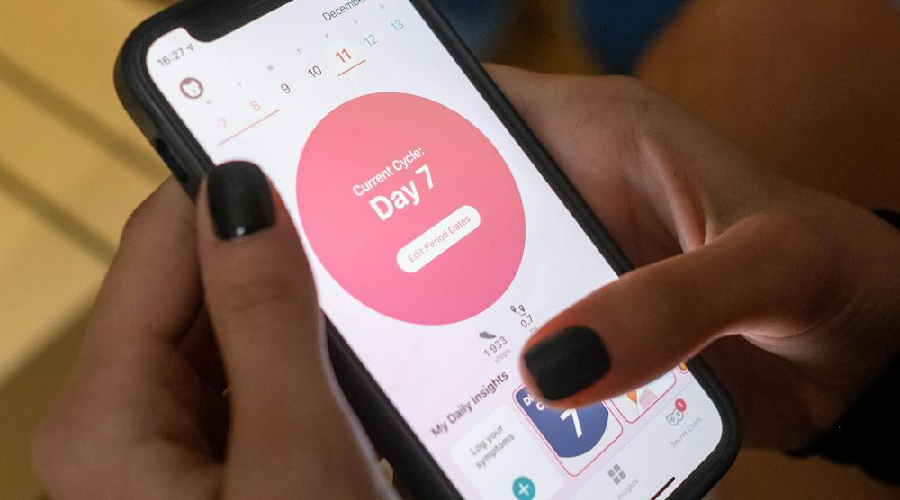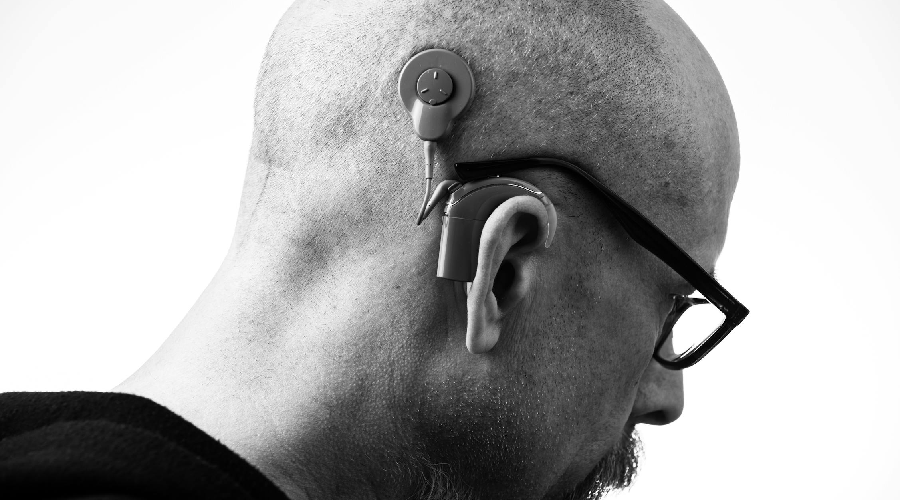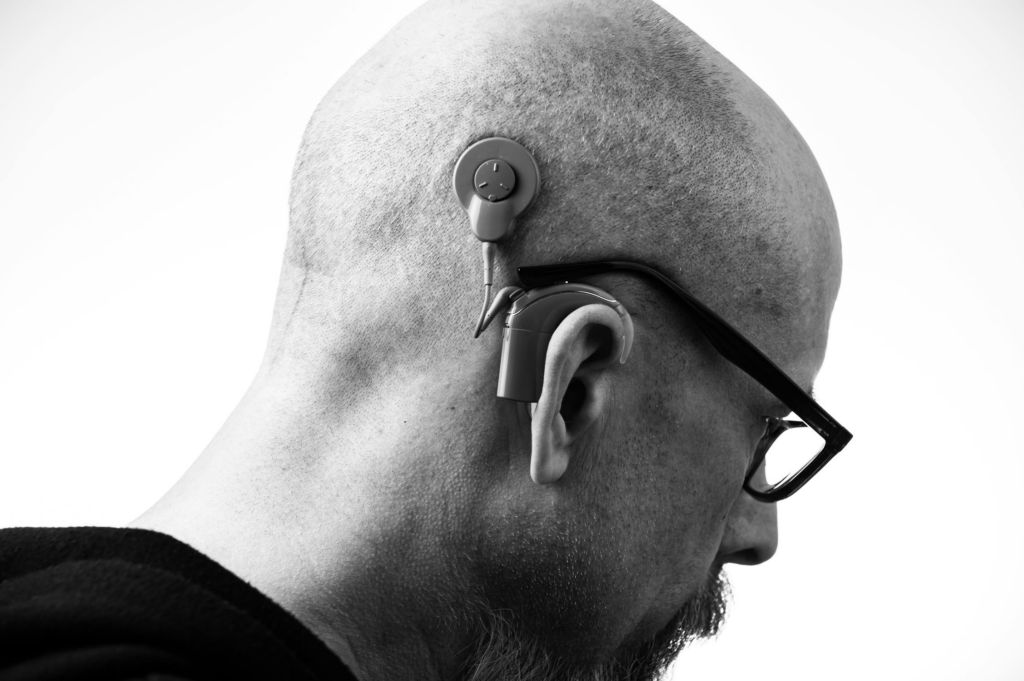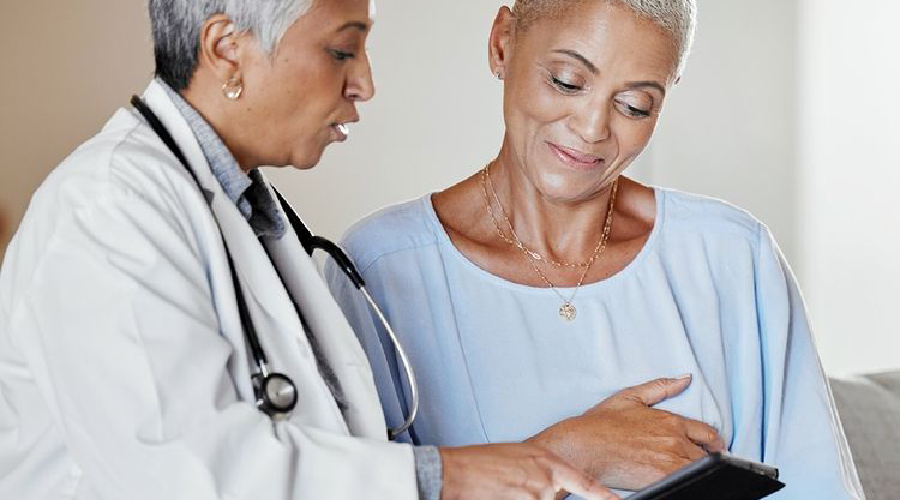You twist your ankle during a weekend basketball game, or maybe you feel a sharp pain in your knee while out for a run.
What’s the first thing you do?
For many of us, the answer is RICE: rest, ice, compression, and elevation.
While this classic approach to sports injury treatment still has its place, modern medicine offers a broader range of options to optimize healing and help you get back in the game faster.
Rethinking RICE
While rest is important in the initial stages of an injury, prolonged immobilization can actually hinder healing. Modern approaches emphasize early, controlled movement to stimulate blood flow, maintain range of motion, and promote tissue regeneration.
Ice can help reduce pain and inflammation, but its use is now being refined. Recent research suggests that excessive ice application may slow down the healing process by inhibiting the inflammatory response, which is necessary for tissue repair.
Compression and elevation remain important for reducing swelling, but they are now often combined with other modalities like active recovery and targeted exercises.
Modern Treatment Modalities
Here are some of the innovative approaches gaining traction in sports injury treatment:
- Active Recovery:This involves engaging in low-impact activities that promote blood flow and healing without stressing the injured area. Examples include swimming, cycling, and gentle stretching.
- Physical Therapy:Physical therapists use a variety of techniques, including manual therapy, therapeutic exercises, and modalities like ultrasound and electrical stimulation, to restore function and prevent reinjury.
- Platelet-Rich Plasma (PRP) Therapy:PRP therapy involves injecting a concentration of platelets from the patient’s own blood into the injured area. Platelets contain growth factors that promote tissue healing and regeneration.
- Prolotherapy:This technique involves injecting a solution into the injured area to stimulate the body’s natural healing response.
- Extracorporeal Shock Wave Therapy (ESWT):ESWT uses sound waves to stimulate healing in soft tissue injuries like tendonitis and plantar fasciitis.
Modern sports injury treatment emphasizes personalized care. A healthcare professional will assess your specific injury, considering factors like your age, activity level, and overall health, to develop a tailored treatment plan.
The Importance of Early Intervention
Seeking prompt medical attention after a sports injury is imperative. Early intervention can help prevent complications, promote faster healing, and reduce the risk of reinjury.
Your Path to Recovery
Sports injuries can be frustrating setbacks, but with modern treatment approaches, you can optimize your healing and return to the activities you love.
If you’ve experienced a sports injury, the physicians at Houston Physicians Hospital offer comprehensive care with a focus on modern treatment approaches.
On the Sports Medicine Department webpage, you can scroll down to find an orthopedic sports medicine physician who’s right for you. Then click the link to their website to make an appointment.
The physicians at Houston Physicians’ Hospital also diagnose and treat neck pain, back pain, and hip arthritis treatments in Webster, TX.















